I'm currently designing an active filter which has to pass an analog signal between two cables (PLC). I'd however like to not let it pass in case the signal is already present (up to a certain amplitude) on the second cable, to avoid harmonic distortions and presence of multiple frequencies.
I was thinking of using a CMOS analog switch (as indicated here for instance Switching op-amp gain resistances - how?) at the output of the OAP which I'll turn on when I need it.
The biggest problem is that: the resistance is highly non-linear (because in the circuit I have I can have down to 2 Ohms of load) and I may have to drive up to 1A (the output amplifier is a power amplifier).
Another solution I though was simply using an inverting amplifier with two feedback resistances: one very small (no transfer) and one equal to the resistance put in front of the inverting input (unit gain).
The bandwidth is about 100kHz. No problems concerning gain, since I already amplify the signal before (using a static gain, or even a programmable gain operational amplifier). The problem is how to connect the output only when I need it. Another potential problem might be the small amplitude of the signal: 2V_RMS (a sine wave at about 100kHz).
Switching has to be relatively fast: less than 1us.
I was even thinking of using static relays but I'm not really sure either. Normal or even reed relays seem to be quite slow and deteriorate with time.
Basically I was looking for a switch with: low R_ON, high R_OFF (>> 1MegaOhm), quite fast, bidirectional (supporting ANALOG signals in sine form of low amplitudes), low THD, and possibly easy to control. If there can be 3,6 or more switches inside a SOIC (or other IC) package it would be very good, since I have very limited space.
I'm hoping to see if there are other (better) solutions available.
EDIT: I though it would not work, but what about using an OAP with a switch to control power supply ? I did a simulation with PSPICE and it seems to work. It only produces a small voltage offset output. This is not a problem since there is a decoupling capacitor in series at the exit, so DC voltage/current doesn't pass through. Could this actually work ?
OAP power off http://img140.imageshack.us/img140/7462/opampturnedoff.png
Relays should be able to take as much as 230V_AC when turned off (open circuit): there is a decoupling capacitor at output, but its impedance is pretty low at 50Hz/60Hz (200kOhm) compared to that of the open relay. I haven't found those with a low ESR yet.
